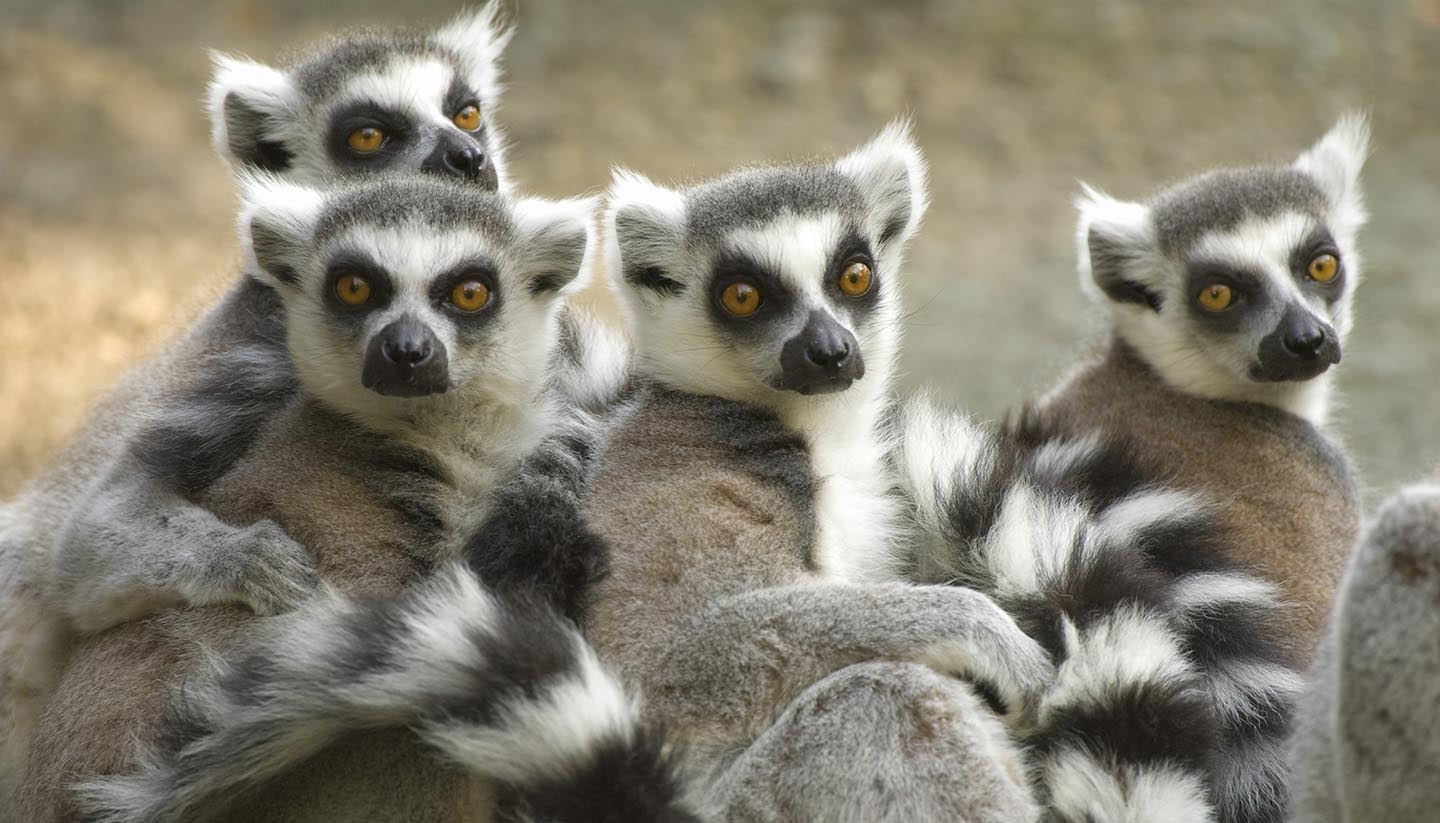Madagascar Weather, climate and geography
Weather and climate
Best time to visit
Madagascar’s highly diverse subtropical climate means it pays to do some research before you plan a trip. Rainy season runs from December to March. This is when the rainforested eastern and northern parts of the country are battered by tropical storms brought on by cyclone season, and temperatures tend to hover around 30ºC (86ºF). Despite being rainy season up north, during this period, the central parts will be a lot drier and cooler, with temperatures around 25ºC (77ºF). The southern and western coasts are the driest parts of the country.
Dry season runs from April to October but tourist numbers don't start to swell until early May. Peak months are July and August, due to the timing of school holidays in Europe and the USA. If visiting for wildlife, September to December is also a good time to visit, as many of the snakes and lizards populating the island come out of hibernation during this time. The mountains, including Antananarivo, are dry, cool and windy during this time of year, shifting to warm and thundery from November to April. Due to the extreme storms and occasional cyclones, travelling to Madagascar between January and March is ill-advised.
Required clothing
To cope with the Madagascan climate, lightweights should be worn during the summer on high central plateaux and throughout the year in the north and south. Cotton and natural fibres work better in this sweaty weather. Warmer clothes are advised for during the evenings and winter in mountainous areas. Rainwear is advisable as a precaution.
Geography
Located 500km (300 miles) off the coast of Mozambique in the Indian Ocean, Madagascar is world’s fourth-largest island. Accompanied by several much smaller sibling isles, it is characterised by a central chain of high mountains, the Hauts Plateaux. This spiny ridge dominates the main island’s terrain and is a dividing line that marks Madagascar’s east-and-west differences in ethnicity, climate, and scenery.
On the east coast, a skinny strip of lowlands, settled from the sixth century by Polynesian seafarers, is largely covered by dense rainforests. The broader west-coast landscape, once clad in dry deciduous forests, is now mostly grasslands. On both coasts, the climate is wetter towards the north although the east coast receives the monsoon. Semi-desert and forests of cactus-like scrub characterises the island’s southern tip with much of Madagascar’s flora and fauna is wholly unique. Busy capital city, Antananarivo, is situated high up in the Hauts Plateaux and almost denotes the island’s geographical centre.


